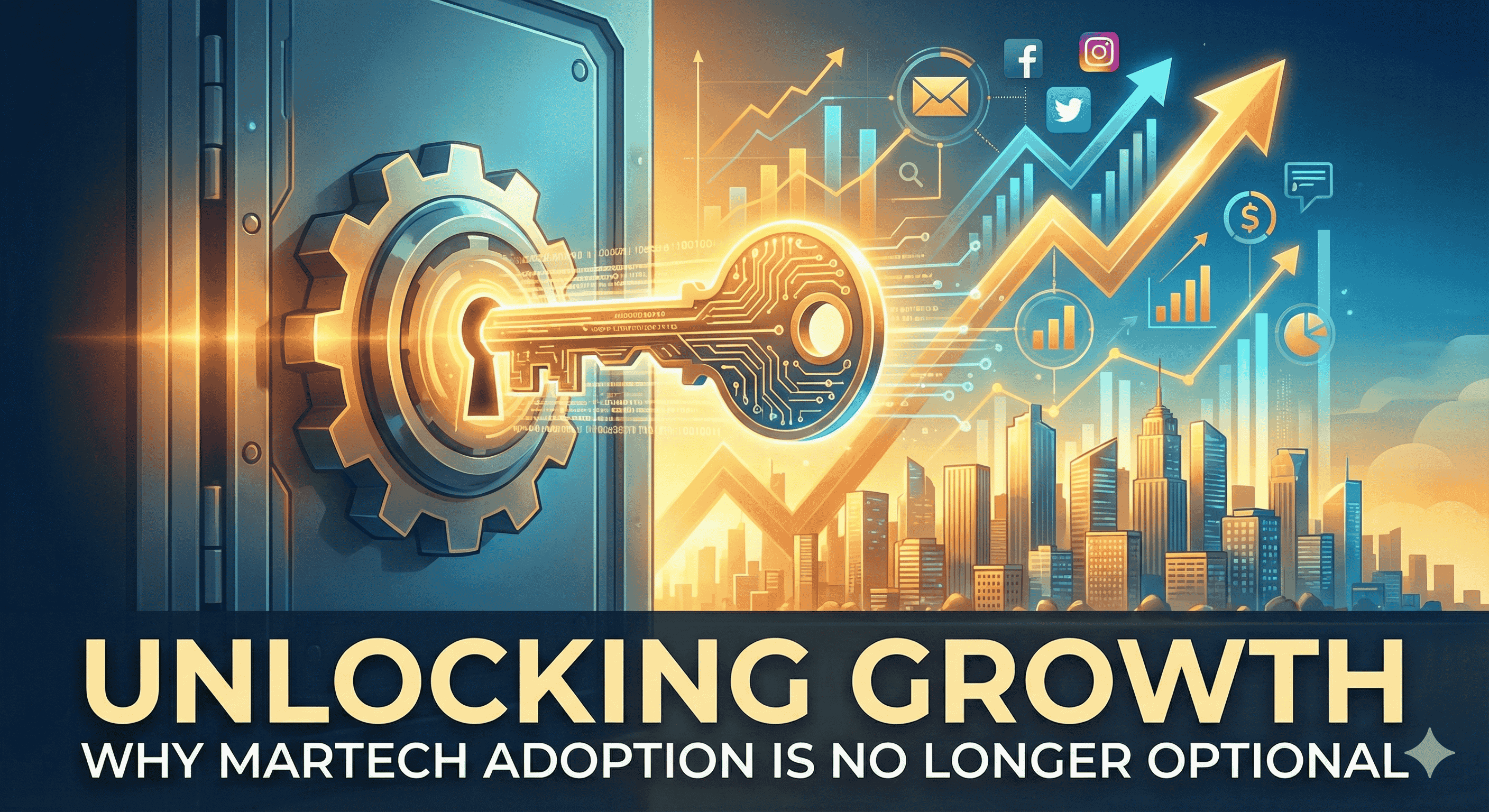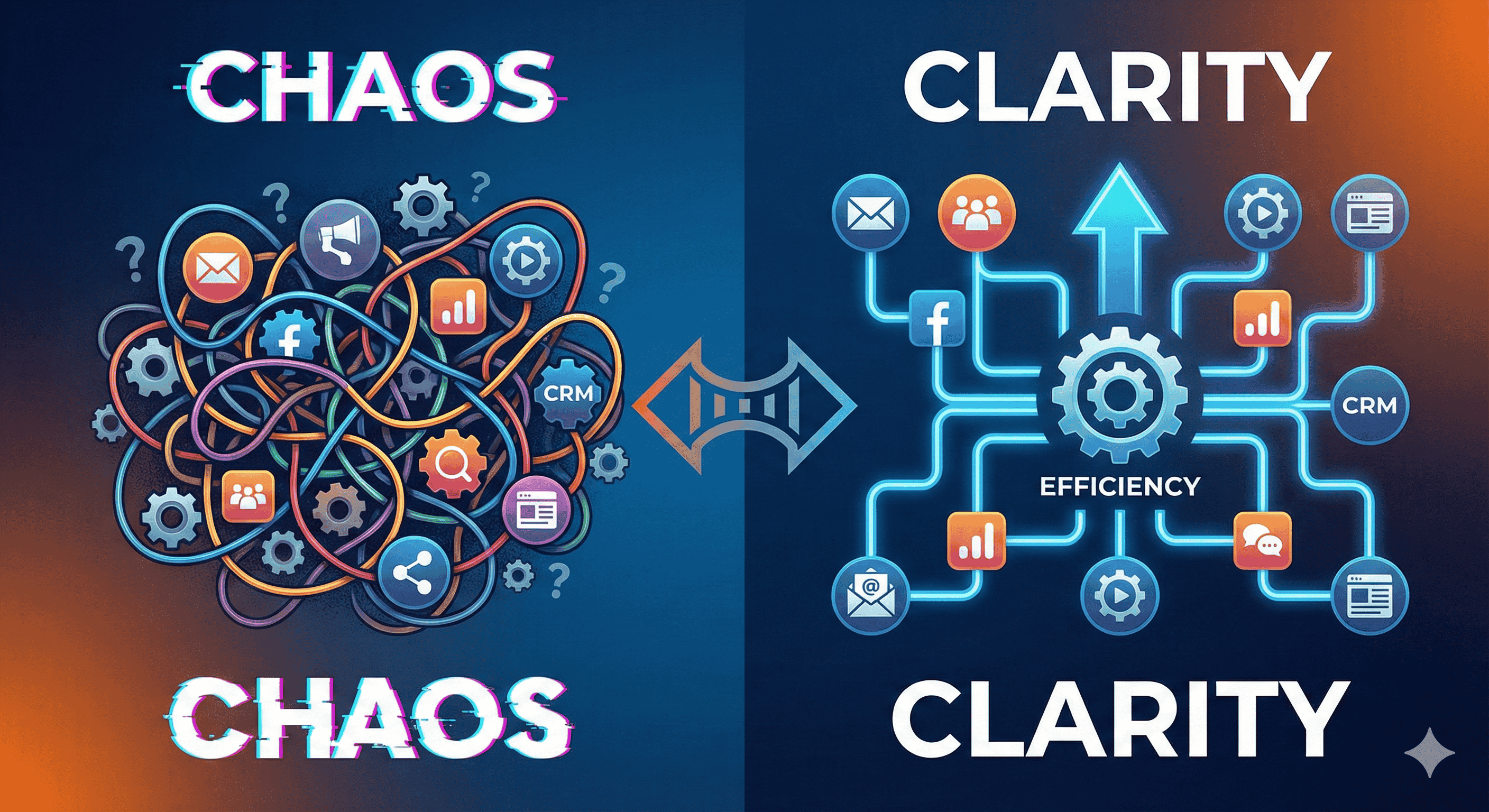In the rapidly evolving world of digital marketing, the right technology stack can make or break a brand’s success. A well-constructed marketing technology (Martech) stack allows businesses to streamline processes, enhance customer experiences, and ultimately drive growth. However, building an effective Martech stack is fraught with challenges. Here are some common pitfalls organizations face and strategies to avoid them.
1. Lack of Clear Objectives
Pitfall:
Organizations often rush into building a Martech stack without defining clear objectives or understanding their specific needs. This can result in acquiring tools that do not align with overall business goals.
Solution:
Before diving into any purchases, conduct a thorough analysis of your marketing goals. What problems are you trying to solve? What success metrics will you evaluate? Engaging stakeholders from various departments can help in setting a clear direction for your stack.
2. Overloading with Features
Pitfall:
It’s tempting to opt for tools that offer a large array of features, but this can lead to overcomplication. Complex platforms can confuse teams and lead to underutilization.
Solution:
Prioritize tools based on essential features that directly meet your needs. Start with core functionalities and gradually add more advanced features as your team becomes comfortable. Evaluate platforms through demos to ensure they’re user-friendly and intuitive.
3. Neglecting Integration
Pitfall:
A siloed Martech stack can lead to data fragmentation, making it challenging to gain actionable insights. Choosing tools that don’t integrate well can hinder workflows and data sharing.
Solution:
Select tools that offer robust APIs or built-in integration capabilities. Consider middleware options, like integration platforms, that can facilitate seamless connections between your software. Regularly assess how data flows between systems to ensure a unified view.
4. Ignoring User Experience
Pitfall:
A focus solely on technical specifications often overlooks the user experience. If tools are difficult to use, they can lead to resistance from team members and ineffective use.
Solution:
Involve end-users in the evaluation process. Gather feedback on usability and make sure that new tools enhance workflows instead of complicating them. Training sessions and ongoing support can also mitigate user resistance.
5. Underestimating Data Governance
Pitfall:
A frequent oversight is neglecting data privacy and governance. Building a stack without considering data regulations can lead to compliance issues and loss of consumer trust.
Solution:
Stay informed about data protection regulations, such as GDPR or CCPA, that affect your operations. Implement strong data governance policies and ensure your tools comply with these standards. Regular audits can help maintain compliance and protect consumer data.
6. Failing to Measure ROI
Pitfall:
Investing heavily in a Martech stack without tracking the return on investment (ROI) is a critical error. Teams might struggle to justify expenses if there’s no clear understanding of financial impact.
Solution:
Establish KPIs to measure the performance of each tool against expected outcomes. Regularly review metrics and adjust strategies accordingly. Use analytics tools to provide insights and make informed decisions on where to allocate resources.
7. Neglecting Scalability
Pitfall:
A short-term focus can lead to decisions that don’t account for growth. Tools that work well today may not scale effectively as your business evolves.
Solution:
Choose solutions that offer scalability and flexibility. Always consider your long-term needs and how your stack can adapt to changes in market dynamics or business goals. Periodic reviews can help identify when upgrades or replacements are necessary.
Conclusion
Building an effective Martech stack is more than just selecting software; it requires a strategic approach that aligns technology with business goals. By acknowledging and avoiding these common pitfalls, organizations can create a cohesive and efficient Martech environment that empowers teams, drives results, and enhances customer engagement. Through careful planning, integration, and ongoing evaluation, businesses can harness the full potential of their marketing technology investments.








